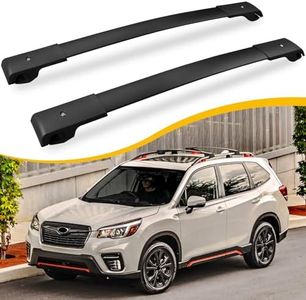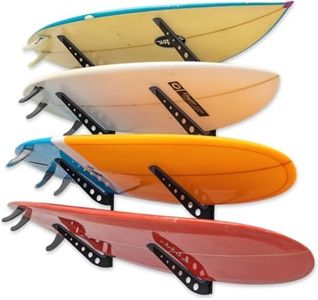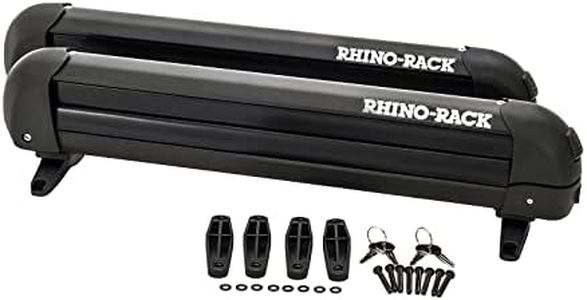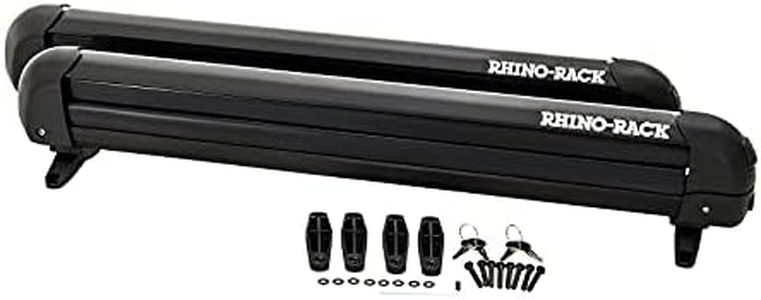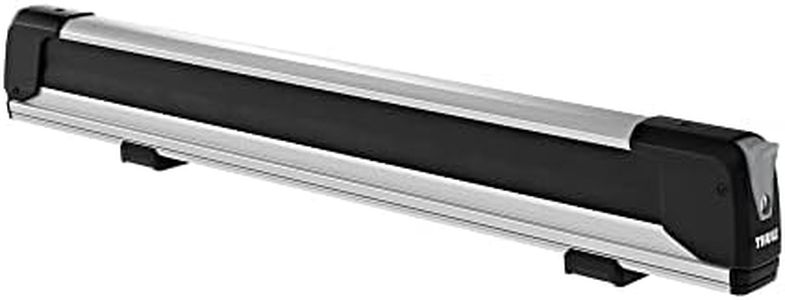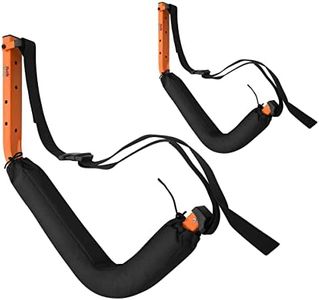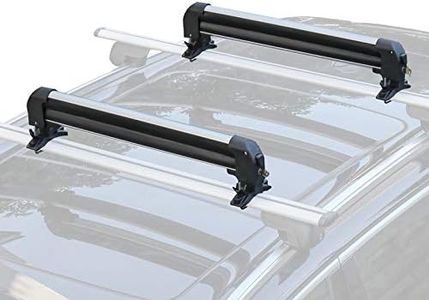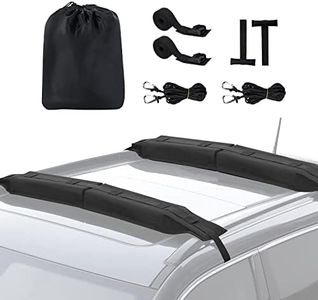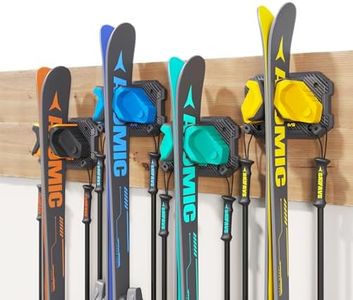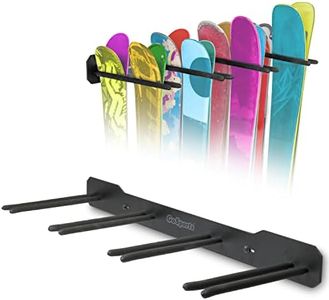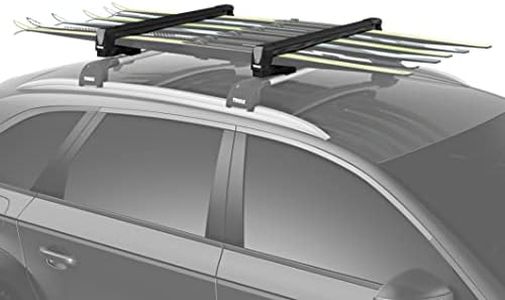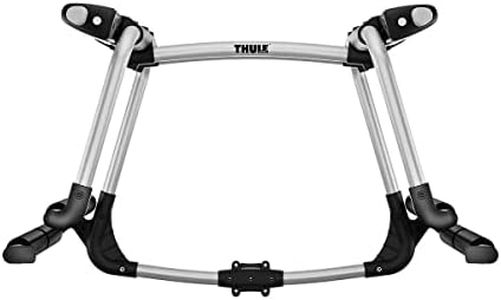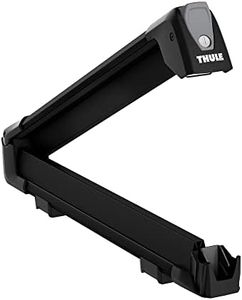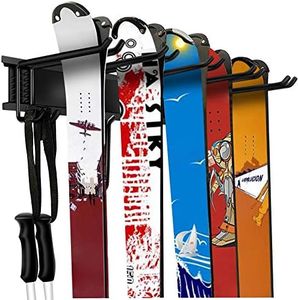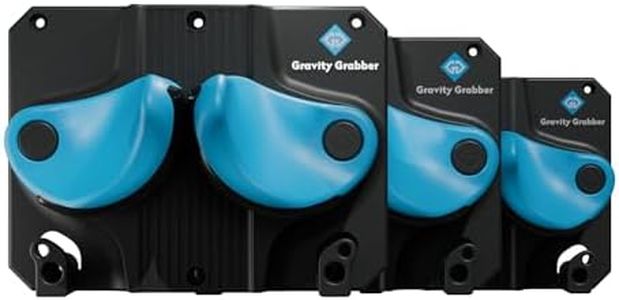We Use CookiesWe use cookies to enhance the security, performance,
functionality and for analytical and promotional activities. By continuing to browse this site you
are agreeing to our privacy policy
10 Best Snowboard Racks
From leading brands and best sellers available on the web.Buying Guide for the Best Snowboard Racks
Choosing the right snowboard rack is important to ensure your gear is stored safely and transported securely, whether you’re attaching it to a car or organizing your space at home. The ideal approach is to think about where and how you’ll use the rack—the type of vehicle you have, how many snowboards you need to carry or store, and how often you hit the slopes. By understanding some of the core features of snowboard racks, you can make an informed decision that matches your routine and keeps your board in top condition.Mounting StyleMounting style refers to how the snowboard rack attaches to your car or where it's positioned at home. There are roof-mounted racks, hitch-mounted racks, and wall-mounted racks for storage. Roof-mounted racks sit on top of your car and are ideal for vehicles with rooftop crossbars. Hitch-mounted racks go at the back and work if you have a hitch receiver. Wall-mounted racks are mostly for garage or indoor storage. There’s no single best option—it depends on your vehicle type, storage needs, and personal convenience. If you often drive with friends or carry multiple boards, a roof rack might make sense; for home organization, wall racks keep things tidy and easy to grab.
CapacityCapacity indicates how many snowboards the rack can hold at once. Racks typically range from single board storage up to racks that hold four or more boards. For solo riders, a one-board rack could be plenty, but families or groups should look for racks with higher capacity to avoid overcrowding and potential board damage. Consider not just your current collection, but whether you might need more room in the future.
Security FeaturesSecurity features include locks or mechanisms that prevent theft or accidental loss of boards. Some racks have built-in locks or come with lockable straps, while others rely on your own locks. If you’ll leave your snowboard unattended—like when parked at a trailhead or public lot—it’s wise to choose racks with solid security options. If security isn’t a concern for you, simpler racks without locking features may suffice.
CompatibilityCompatibility covers how well the rack works with your specific snowboard size and bindings, as well as your car’s make and model or the space where you’ll mount it. Some racks are adjustable to fit different board sizes and shapes, while others have size limits. For vehicles, the rack needs to fit your roof bars or hitch system, and at home, it should fit your available wall area. Measure both your board and mounting space before picking a rack to ensure a secure, hassle-free fit.
Ease of UseEase of use is about how simple it is to load and unload your snowboard, and how quickly you can attach or detach the rack itself. Some racks are designed with quick-release systems or tools-free installation for user-friendliness, while others might require more effort or tools. If you travel frequently and need to mount or remove your rack often, or you want a no-hassle experience at the end of a long day, focus on easy-to-use models.
Durability and Weather ResistanceDurability and weather resistance dictate how well the rack stands up to winter weather, bumps on the road, and regular use. Look for racks made from sturdy materials like metal, reinforced plastics, and rust-resistant finishes. If you expect to drive through snow and rain or leave your rack on year-round, weatherproofing is crucial to keep both your rack and snowboard safe and in good shape.
